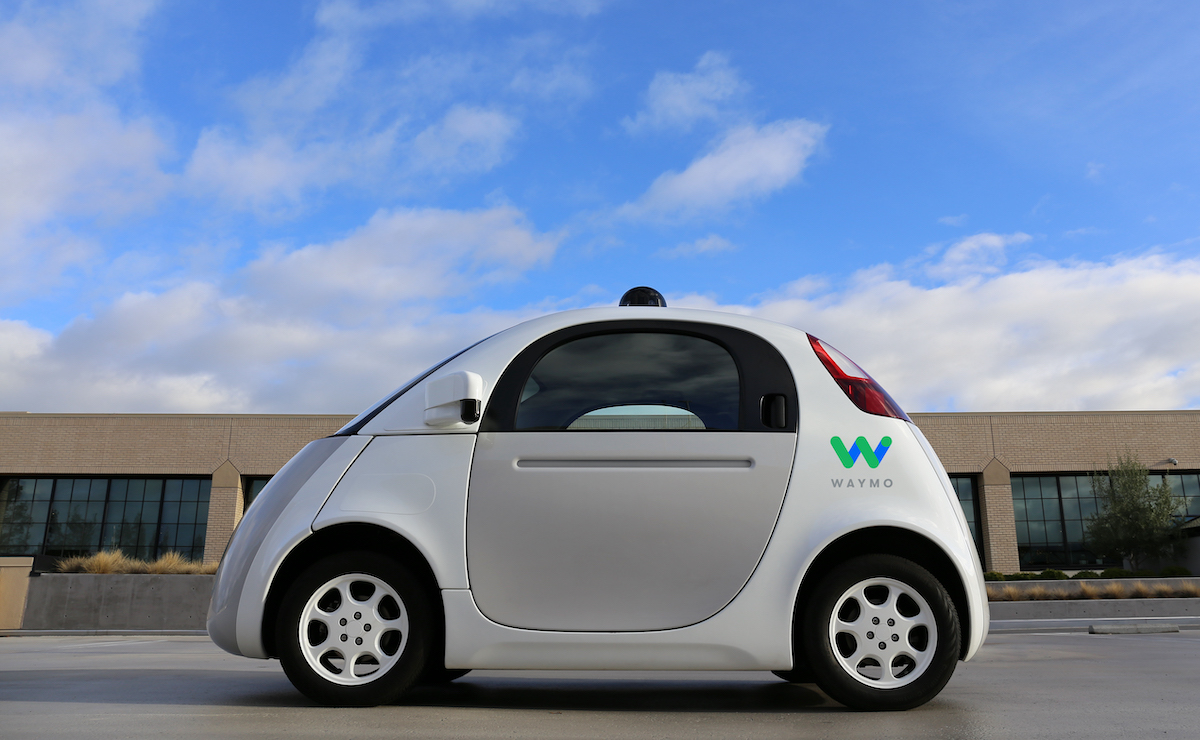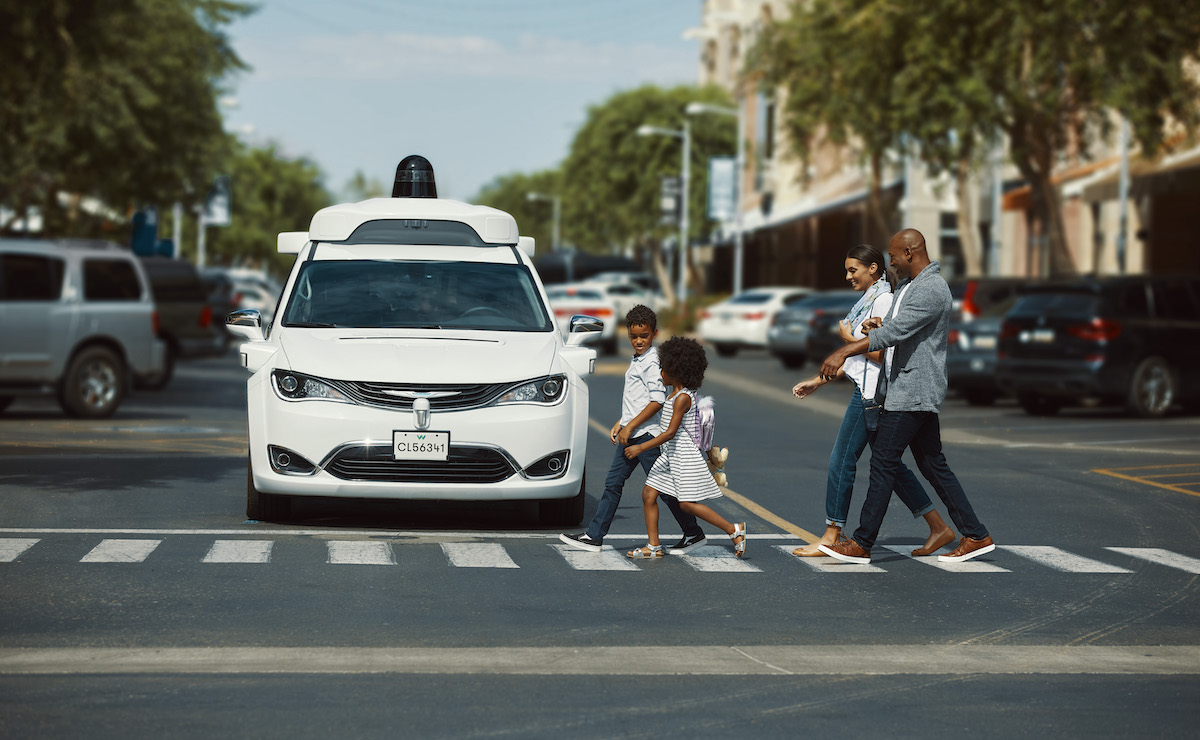On January 3rd last year, I made a brief investigation on the topic of “the schedule of deployment related to global self-driving vehicles”. The discussion based on annual report of Autonomous Vehicles Readiness Index (AVRI) published by KPMG is now released in 2020 Annual Report. It is the first time that KPMG includes Taiwan for rating, and Taiwan delivers a good performance with a rank of 13th! In terms of the top three, they are still those familiar names - Singapore, the Netherlands, and Norway. The rating index of the annual report is based on four dimensions as the standard, including policies and legislation of the country, technology and innovation, infrastructure, and consumer acceptance. Taiwan achieves the ranking between 13th and 15th in each aspect. However, the review of each item reveals that we actually scored zero for “the industry investment in autonomous vehicle” in terms of technology and innovation! It shows we only relied on Automotive Research & Testing Center and Industrial Technology Research Institute to carry out small-scale research in the past years. It fails to integrate manufacturers or high-tech companies systematically for fund investment in order to carry out long-terms plans!

But then again, even Waymo, an affiliate of Google, still needs to ask for additional external financing of US$4 billion this year (financed more than US$3 billion last year) under the “money-burning” R&D in more than a decade. If it is still failed to have any manufacturer confidently implement the commercialization of fully autonomous driving and launch it in the market before 2030, the future of its business model will definitely under massive impact. The progress of global technology development might even delay for several years. However, roads are paved by the people. Self-driving still can be introduced to the logistics industry that requires less complex traffic condition and demand of emergency first to present all the innate advantages that the self-driving system possesses on the fixed and long-distance highway/ freeway route. Waymo indeed starts to move towards this direction and has worked with Mercedes-Benz Truck Department to achieve commercialization as soon as possible. How should Taiwan look at the business opportunities of self-driving vehicle industry or a deeper level of “welfare” to the society? In the new society after the epidemic, “car sharing”, the greatest advantage of the self-driving technology, will be greatly impacted. Even so, I suggest the industry-government-academia must re-consider several dimensions worthy of further investment…

- Long-distance logistics industry and long-distance coaches (simple route from point to point). It reduces the personnel cost for providers significantly and the occurrence of traffic accidents caused by drowsy driving on highway. Truck fleet platooning can reduce wind resistance and avoid fuel consumption ( or electricity consumption) caused by continuous braking and acceleration. Moreover, the shortened safe distance between trucks/coaches in the fleet will potentially increase the road capacity.
- Individual user. Fully self-driving mode can be set up to activate only on certain road sections. By doing this, the fully self-driving vehicles can be introduced step by step by 2030, and at the same time enjoy the implementation of trucks/coaches self-driving.
- The reason why Singapore is ranked the number one for the readiness index is due to the consideration of the government on the innate defect of being small territory and crowded, the government then decides to fully promote the infrastructure development and road testing of self-driving vehicles to enhance the overall efficiency of transportation system and reduce the social cost caused by traffic accidents. Many cities in Taiwan have similar defects as that of Singapore, and the approach that Singapore is currently taking will be a good reference to Taiwan.